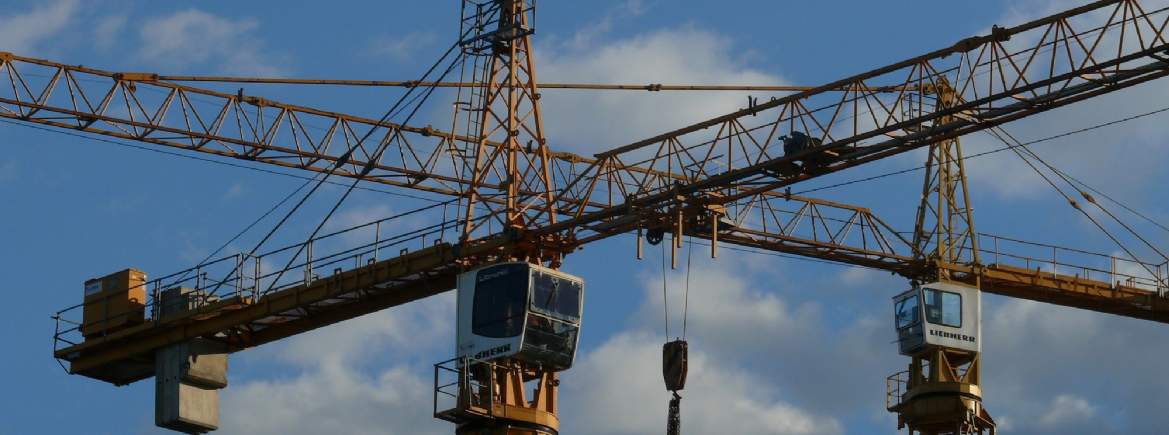It’s well documented that the construction sector remains under pressure, with no quick fix solution to current global supply issues. While 2022 may well see the procurement of materials start to stabilise as trade becomes more fluid as we move past the worst effects of the pandemic, other factors such as labour shortages, partially as a result of Brexit, are likely to remain amplified
Consequently, we could see longer build programmes and higher costs as contractors shy away from projects with bigger risk profiles. This could include anything from single-stage tenders to potential inflation on un-fixed pricing.
So what does this mean for central London development?
As we edge closer to a post-pandemic reality it is interesting to observe that the central London office market has not performed in a similar fashion to previous shocks, such as the global financial crisis.
Take-up for central London offices reached 9 million sq ft in 2021, which while not as high as the immediate pre-pandemic years, was significantly higher than in 2008 when it slumped to 6.9 million sq ft. Perhaps more interesting is the level of unsatisfied demand currently in the market, which stands at 9.8 million sq ft and has only been trending upwards since mid-2020.
Another anomaly with the past is the fact that we have not witnessed a fall in development starts. This has been driven by ongoing constraints for prime supply as occupiers continue their flight to quality. Indeed, of the 16.3 million sq ft in the pipeline over the next two years, 24 per cent is already pre-let. Developers are, therefore, increasingly looking at bringing forward large scale refurbishment projects with the aim of delivering higher grade office space.
However, while this is all positive news, global supply chain issues are hampering construction. Material prices are rising, products are taking longer to source and contractors are unable to hold prices post-tender for much longer than 30 days.
Despite the fact contractors are optimistic in regards to future workload, tendering, particularly in the London fit-out market, is extremely competitive to ensure full order books. While this is likely to absorb a proportion of the price increases and material shortages in the short term, it will present future risk due to the very low margins they operate at.
Larger contractors with stronger supply chains and greater volume of orders are more likely to be able to manage this situation, whereas smaller firms could be at risk of higher exposure to cost increases and delays, which may impact on projects negatively.
To counter this, the approach to procurement is also changing, with a move away from single stage lump-sum tendering, towards more negotiated work. Essentially, landlords and developers are looking to secure the best people for their projects, resulting in improved margins and less risk for the contractors.
Consequently, the Savills ProgrammeE and Cost Sentiment (SPECS) survey suggests that pricing and project duration will remain elevated, both for fit-out and new build projects, a situation we expect to continue for at least the next 18 months.
Against these foreseen challenges, there is a persistent unfulfilled demand for space which has not been dented despite construction delays. It is important as an industry that we do not let the current momentum around ESG and the delivery of sustainably sound buildings wane.
Further information
Contact Richard Eyley or Benjamin Cottle
Savills ProgrammE and Cost Sentiment


(1).jpg)

.jpg)



.jpg)

